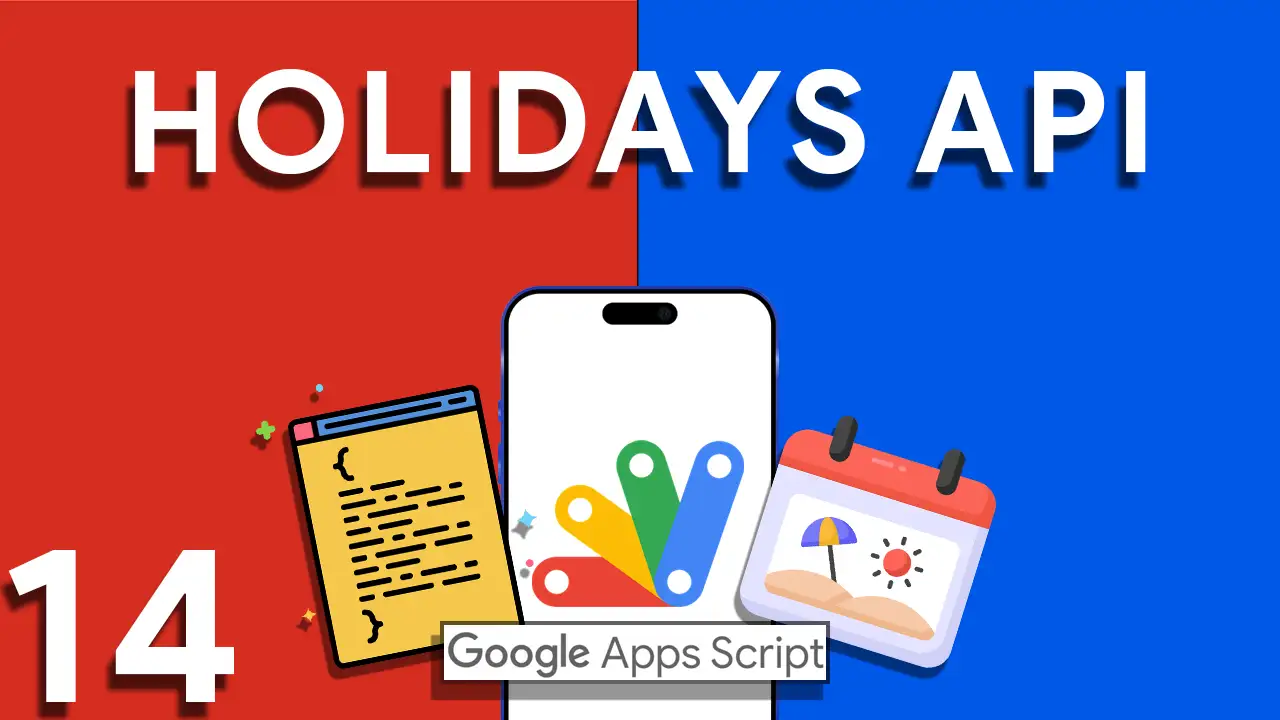Data is at the core of every app, and understanding data types is crucial for creating efficient and effective apps. AppSheet, a versatile no-code platform, offers a variety of data types to help you build powerful applications. In this blog post, we’ll delve into AppSheet data types, exploring their significance and how to use them in your app development journey.
Why Data Types Matter
Data types play a fundamental role in structuring and managing information within your app. They define how data is stored, displayed, and processed. AppSheet offers a range of data types, each designed to handle specific types of information. Understanding these data types empowers you to make the most of your app-building experience.
Let’s take a closer look at some of the common data types in AppSheet:
- Text: The “Text” data type is suitable for storing alphanumeric characters, such as names, addresses, or descriptions.
- Number: Use the “Number” data type for fields that should store numeric values, including integers and decimals.
- Date: “Date” data types are essential for fields requiring date information. They facilitate date picking and calculations.
- Time: The “Time” data type is useful for fields that capture time-specific information, such as appointment schedules or work hours.
- Datetime: “Datetime” data types combine both date and time information, ideal for timestamping events or transactions.
- Enum: Enums are used when you want to restrict input to a predefined list of options. Great for fields like “Status” or “Category.”
- Yes/No: This data type is perfect for binary choices, like “True/False” or “Yes/No” questions.
- Image: “Image” data types enable you to store images or URLs to images in your app, enhancing visual elements.
- File: Use “File” data types for attachments or files associated with specific records.
- Reference: “Reference” data types create relationships between tables, allowing you to link records and build more complex data structures.
Using AppSheet data types is straightforward:
- Select the Right Data Type: When defining your app’s data schema, choose the appropriate data type for each column or field based on the type of information it will store.
- Customize Display Formats: AppSheet allows you to customize how data is displayed within your app. For instance, you can format dates, control decimal precision, or set default values.
- Leverage Expressions: AppSheet’s powerful expressions enable you to perform calculations, validations, and conditional formatting based on your data types.
- Ensure Data Consistency: Data validation rules and constraints help maintain data integrity by ensuring that the entered data adheres to the specified data types.







